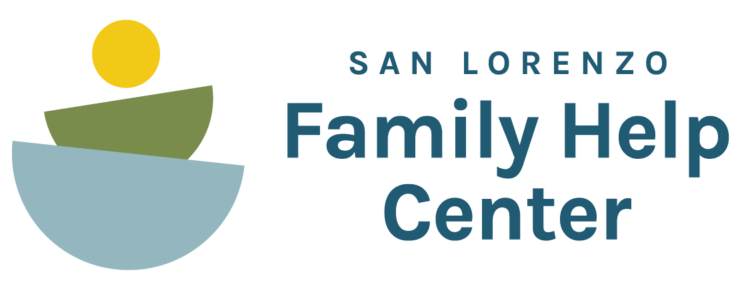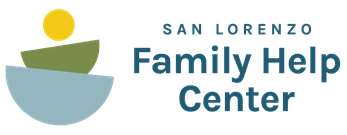SLFHC Food Recovery Program
Our mission is to defeat hunger in Alameda County and we lean on our Food Recovery Partners to help.
What is Food Recovery?
Food recovery means collecting edible food that would otherwise go to waste. Edible food is then redistributed to people in need. That is where we come in. We partner with grocery stores and other sources and share it with people in our service area. Feeding hungry people through food recovery is the best use for surplus food and a vital way for California to conserve resources and reduce waste thrown in landfill.
We have a variety of food recovery partners who support our food recovery program, by providing us and our clients with a variety of food, like fresh produce, meats, eggs, bread, and more.
How do we do it?
In 2021, we bought a refrigerated cargo van through a grant from the Alameda County Community Food Bank. Having this van increased the amount of food we were able to pick up from our food recovery partners.
Looking for a recovery program to partner with?
If you are looking for a food recovery program that enables you to distribute food and support your SB1383 program, please reach out to us slzfoodbank@gmail.com.
We love our Food Recovery Partners
Here is a list of our current partners and stores who support us in food distribution to our clients. If you have a choice in where you shop, support us by also supporting them.
Trader Joe’s – Lakeshore – Oakland, CA
US Foods Chef’store – San Lorenzo, CA
Vegan Distribution – Hayward, CA
Whole Foods Market – Dublin, CA
Juvenile Hall Food Services – San Leandro, CA
Pepe’s Foods Inc. – Hayward, CA
Green Morning Inc. – Hayward, CA
Food Waste in California
According to, CalRecycle, “Californians send 11.2 billion pounds of food to landfills each year, some of which was still fresh enough to have been recovered to feed people in need. While billions of meals go to waste, millions of Californians don’t have enough to eat.”
“In 2018, 4.3 million Californians (10.8% of California’s population) didn’t have enough to eat. By May 2020, that number had doubled, surging to 9.2 million Californians (23% of California’s population) who didn’t know where their next meal would come from during the COVID-19 economic crisis, according to the COVID Impact Survey.”
Food Recovery & SB 1383 in California
To help reduce food waste in California, stores and other source must find partners to distribute good, safe, and eatable food and give it to organizations that focus on solving food insecurity for Californians. This is known as California SB 1383 which says:
-
- Jurisdictions must establish food recovery programs and strengthen their existing food recovery networks
-
- Food donors must arrange to recover the maximum amount of their edible food that would otherwise go to landfills
-
- Food recovery organizations and services that participate in SB 1383 must maintain records

